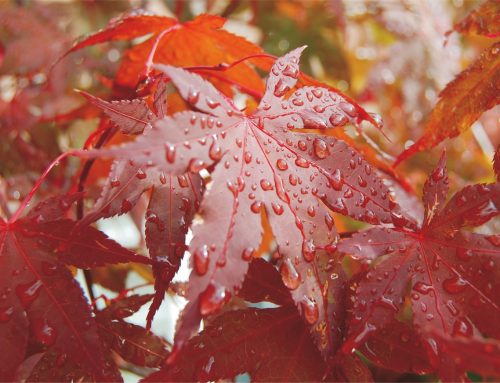The Niagara Peninsula Conservation Authority (NPCA) implemented a water quality monitoring program in 2001 in partnership with the Ministry of the Environment, the Regional Municipality of Niagara and the City of Hamilton to track a range of indicators to examine the quality of our water sources and their tributaries across the region. These measures include chemical and biological monitoring, as well as surface water and ground water qualities. The boundary area is from the Niagara River to the water surrounding the Hamilton Airport and from Lake Ontario to Lake Erie. The NPCA measures of chloride, nitrates, copper, lead, e-coli, zinc, phosphorous and suspended solids are measured monthly at 68 different points to calculate the CCME Water Quality Index and to establish water measures to examine areas of concern and to establish working projects to protect one of our great natural resources. 2009 results indicate that:
- 30% of tested areas were rated marginal, 4% rated fair, and 1% rated good – none achieved an excellent rating.
- 81% of the NPCA stations had water quality rated as impaired, 7% rated as grey zone, 5% rated as unimpaired, and 7% have not been assessed.
- Effingham tributary of upper Twelve Mile Creek continues to achieve the highestNiagarawater quality ratings.
- Total phosphorous concentrations inNiagarafrequently exceed the provincial objective at all 68 stations.
- Exceeding levels of nitrates are observed at some stations – most notably Two Mile Creek, Four Mile Creek and portions of upper Twelve Mile Creek and the Welland River.
- Exceeding levels of suspended solids and E. Coli are observed throughout the watershed.
- Exceeding levels of chloride and copper are rarely reported; exceeding levels of lead are rarely observed.
- Data collected from ground wells indicated that groundwater quality generally meets the Ontario Drinking Standards. A nitrate investigation in the vicinity of PGMN well W0000361-2 determined that 98% of private wells in the area exceeded the drinking water standard.
Lake water quality in 2006 …
- In 2006, the Great Lakes freshwater quality was good or excellent for Lake Superior, Huron, Georgian Bay and eastern Lake Erie. However, the water quality was reported to be fair for central Lake Erie and only marginal for western Lake Erie andLakeOntario, the two lakes surroundingNiagara.
- Fewer than 5% of the southern sites and none of the northern sites reported poor water quality.
Source: http://www4.hrsdc.gc.ca/indicator.jsp?lang=en&indicatorid=63








